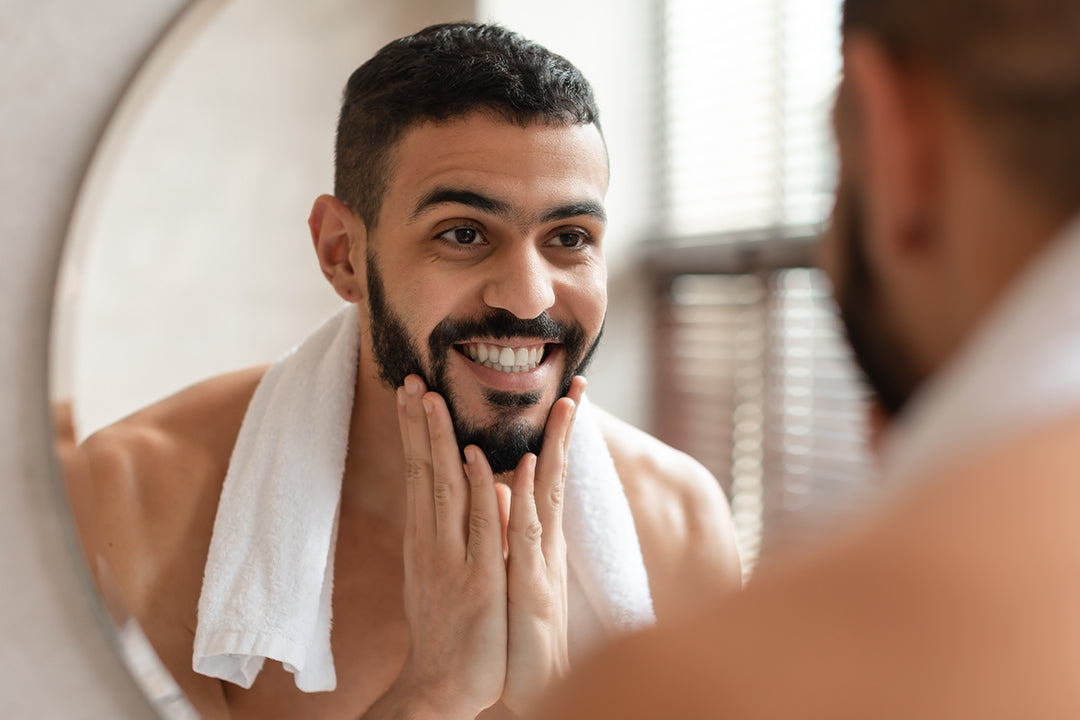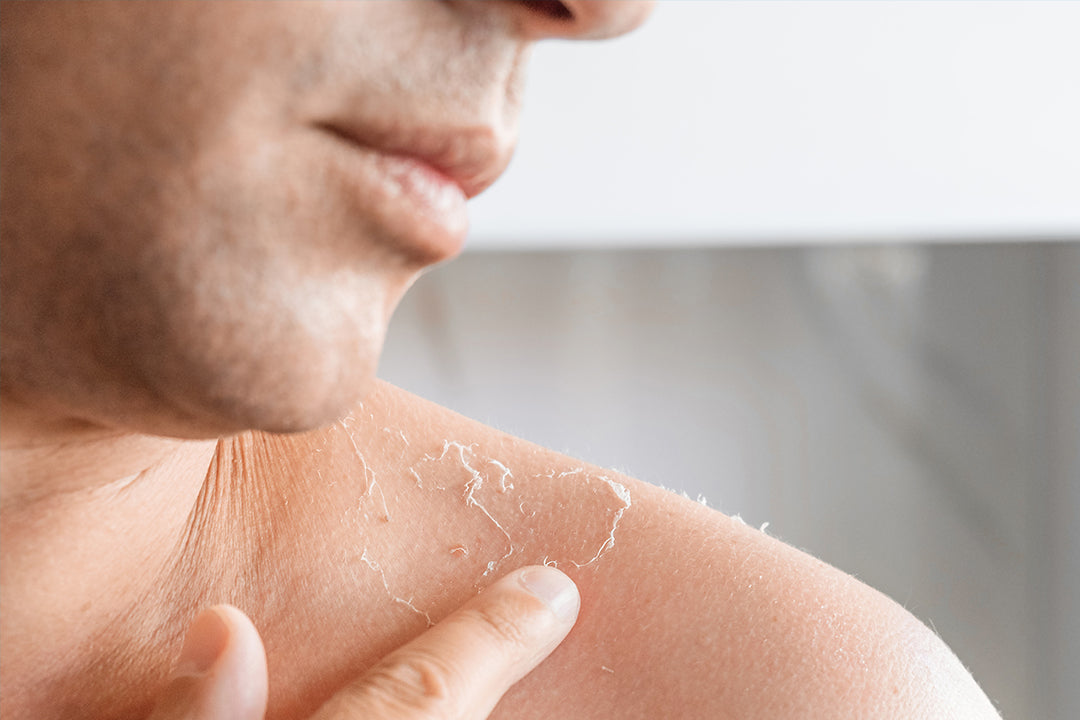Retinol has become a popular ingredient in skincare products due to its proven effectiveness in reducing the signs of aging. However, with so many different retinol percentages available, it can be confusing to determine which one is the most effective for your skin. In this article, we will explore the various retinol percentages and discuss their effectiveness in improving the appearance of your skin.
Understanding Retinol Percentages
Retinol percentages refer to the concentration of retinol in a skincare product. The higher the percentage, the stronger the retinol and the more potent the effects on the skin. It's important to note that higher percentages do not necessarily mean better results, as the effectiveness of retinol depends on various factors such as skin type, sensitivity, and individual response.
Low Strength Retinol
Low-strength retinol typically refers to products with a retinol concentration of 0.01% to 0.03%. These lower percentages are often recommended for individuals with sensitive skin or those who are new to using retinol. While low-strength retinol may not provide drastic results, it can still improve the appearance of fine lines and wrinkles over time.
Medium Strength Retinol
Medium strength retinol usually falls within the range of 0.04% to 0.1%. This concentration is suitable for individuals who have already built tolerance to retinol or have normal skin that can handle a slightly stronger dose. Medium-strength retinol can help improve skin texture, reduce hyperpigmentation, and minimize the appearance of pores.
High Strength Retinol
High-strength retinol refers to products with a concentration of 0.3% to 1%. These percentages are considered more potent and are typically recommended for individuals with resilient skin or those who have been using retinol for a long time. High-strength retinol can effectively target deep wrinkles, acne scars, and uneven skin tone.
Prescription Strength Retinol
Prescription-strength retinol is the strongest form of retinol available and can only be obtained with a prescription from a dermatologist. These products may contain retinol concentrations higher than 1% and are often used to treat severe acne, stubborn wrinkles, and other skin conditions. It's important to note that prescription strength retinol should be used under the guidance of a healthcare professional.
Effectiveness of Retinol Percentages
The effectiveness of retinol percentages can vary depending on individual factors and the specific skincare concerns. While higher percentages may deliver more noticeable results, they also come with a higher risk of skin irritation and sensitivity. It's crucial to start with a lower concentration and gradually increase the retinol percentage as your skin builds tolerance.
Considerations When Choosing Retinol Strength
When choosing the right retinol strength for your skin, consider the following factors:
- Skin Type: Sensitive skin may require lower retinol percentages, while resilient skin can tolerate higher concentrations.
- Skincare Goals: Determine your specific skincare concerns, such as fine lines, wrinkles, hyperpigmentation, or acne, and choose a retinol strength that targets those concerns.
- Tolerance: If you are new to retinol or have sensitive skin, it's best to start with a low-strength retinol and gradually increase the percentage as your skin adjusts.
- Professional Guidance: If you are unsure about which retinol strength to use, consult with a dermatologist who can provide personalized recommendations based on your skin's needs.
Takeaways
The effectiveness of retinol percentages depends on various factors, including individual skin type, sensitivity, and skincare goals. It's important to choose a retinol strength that suits your specific needs and gradually increase the percentage as tolerated. Remember to always patch-test new products and consult with a dermatologist for personalized advice. With consistent use and proper skincare routine, retinol can be an effective ingredient in improving the appearance of your skin.









